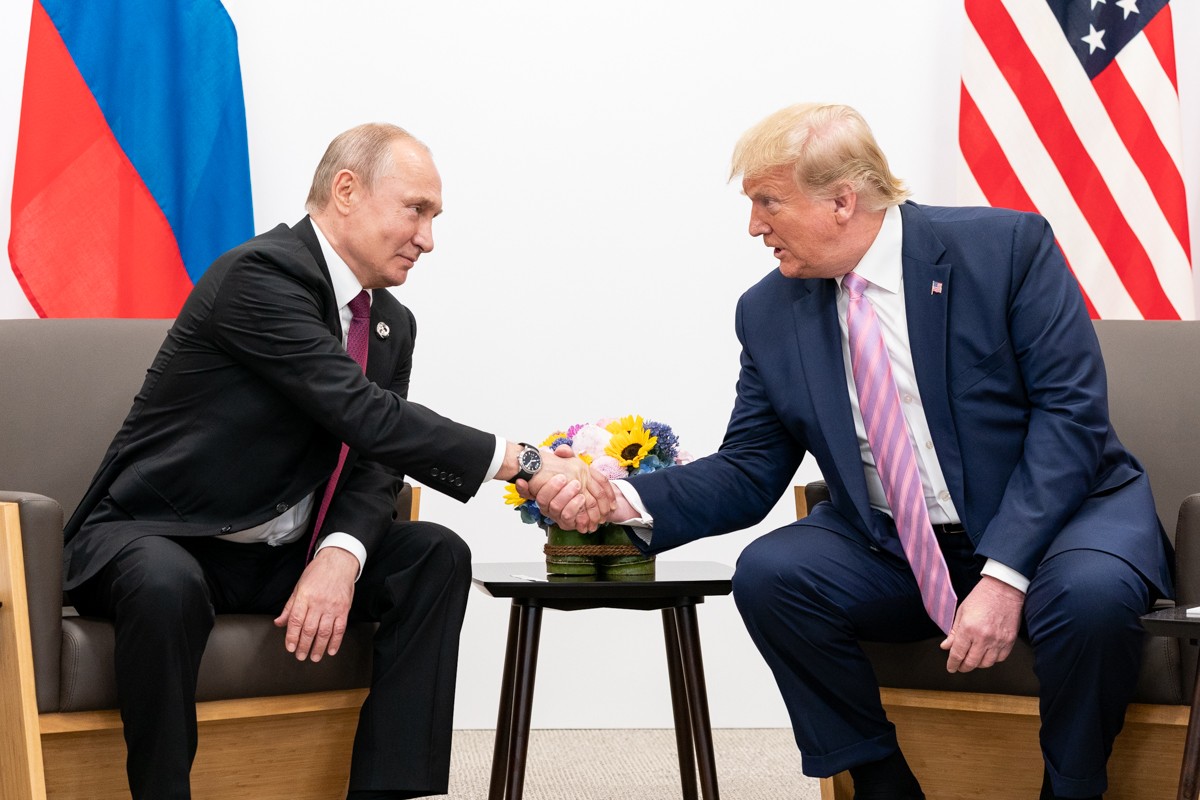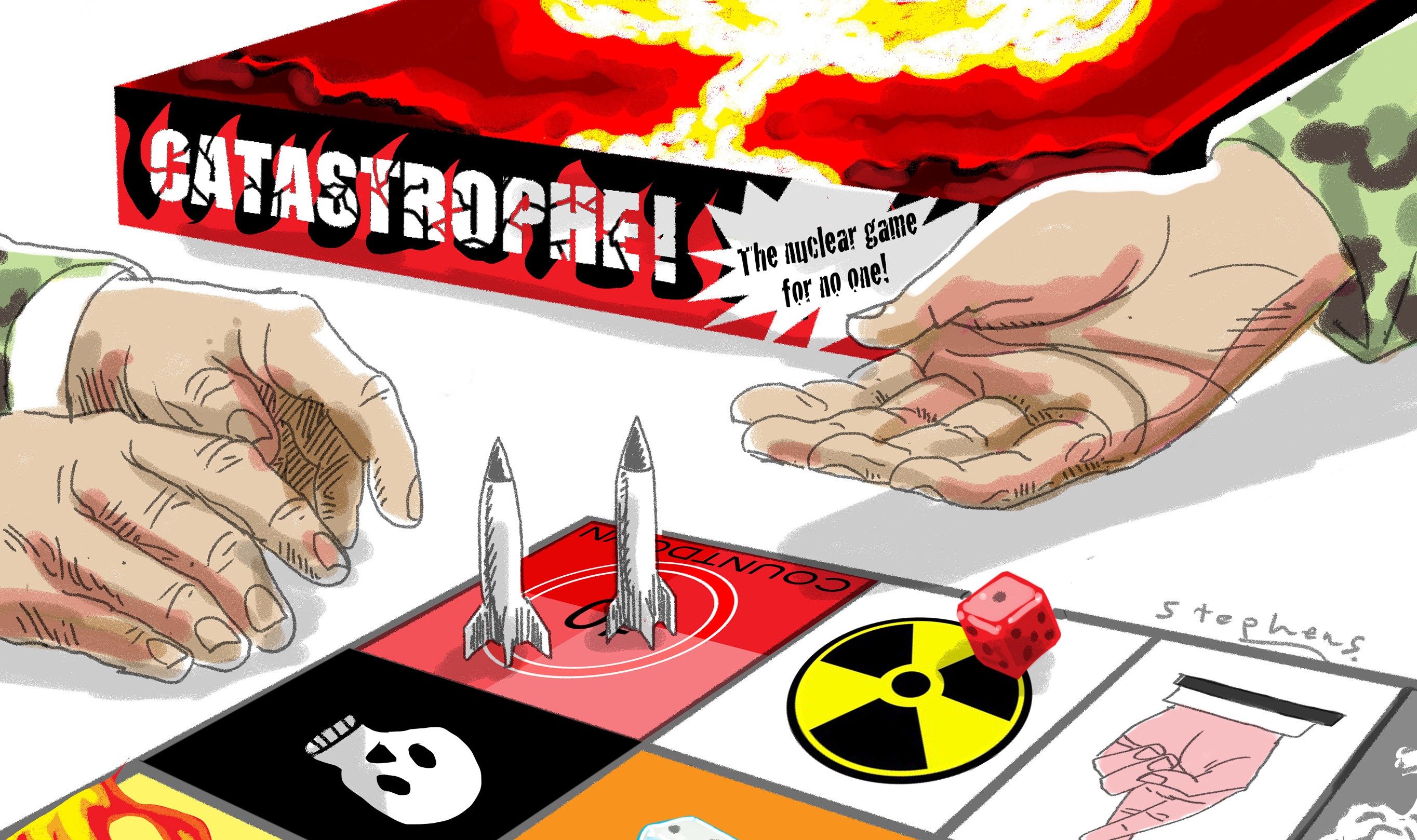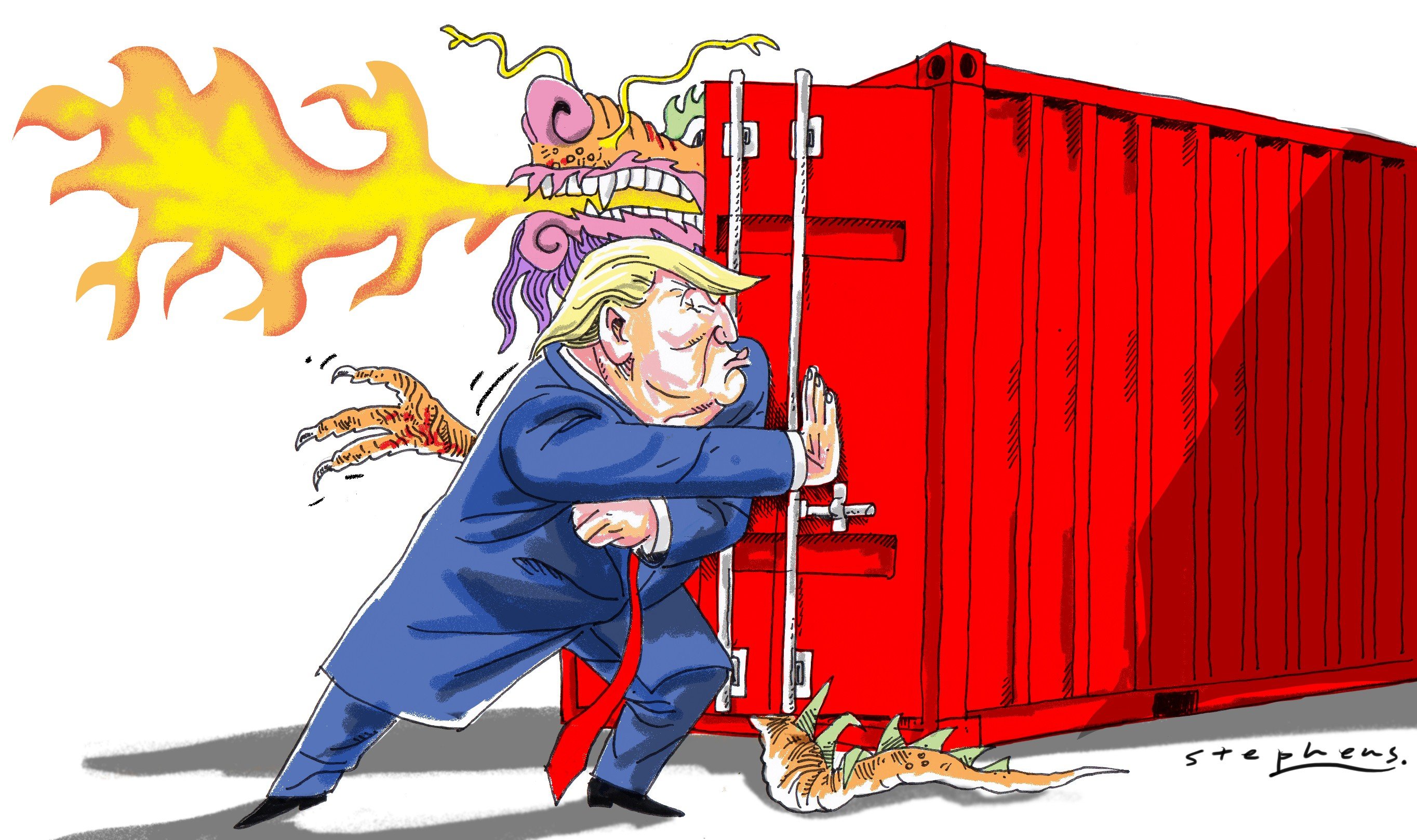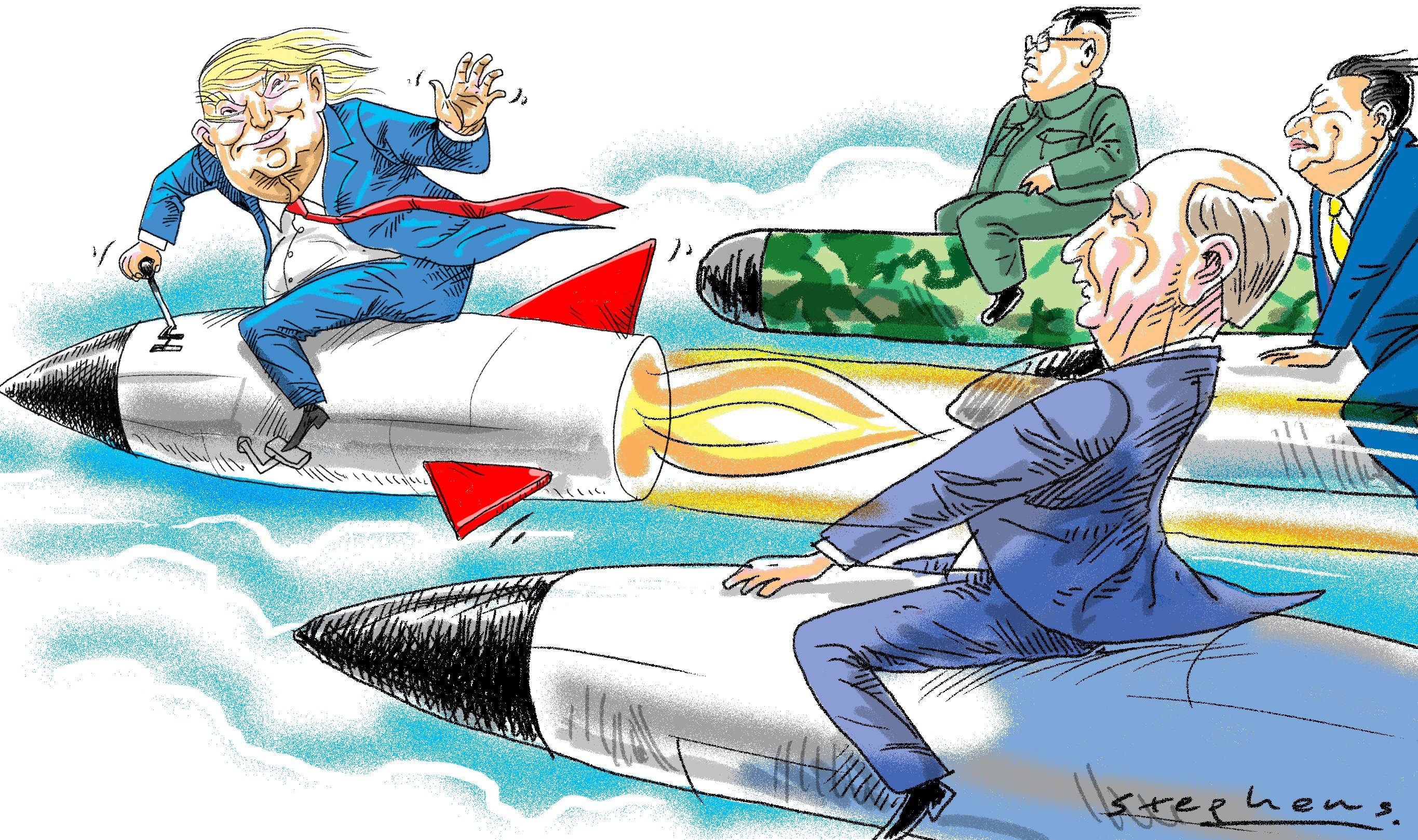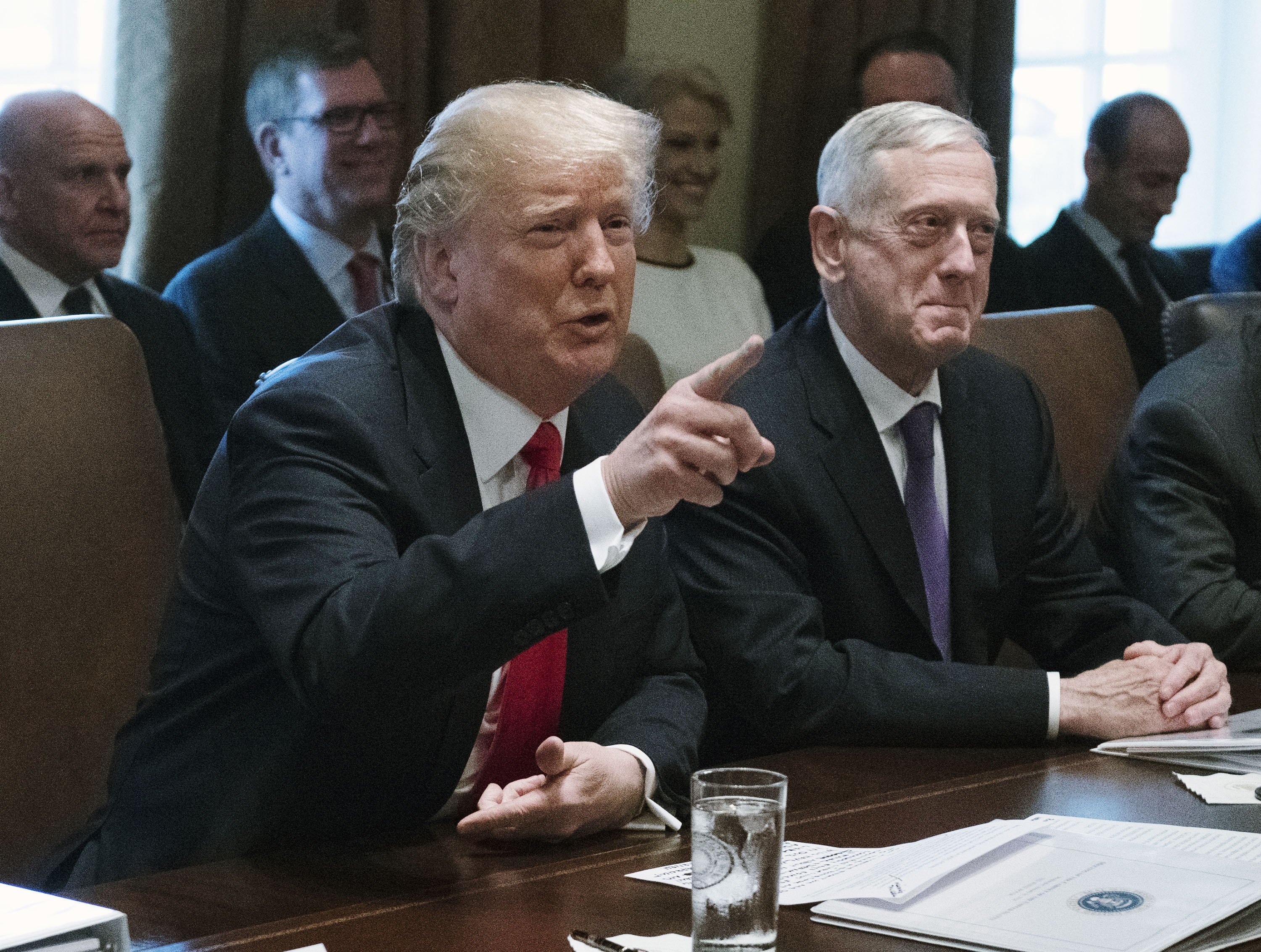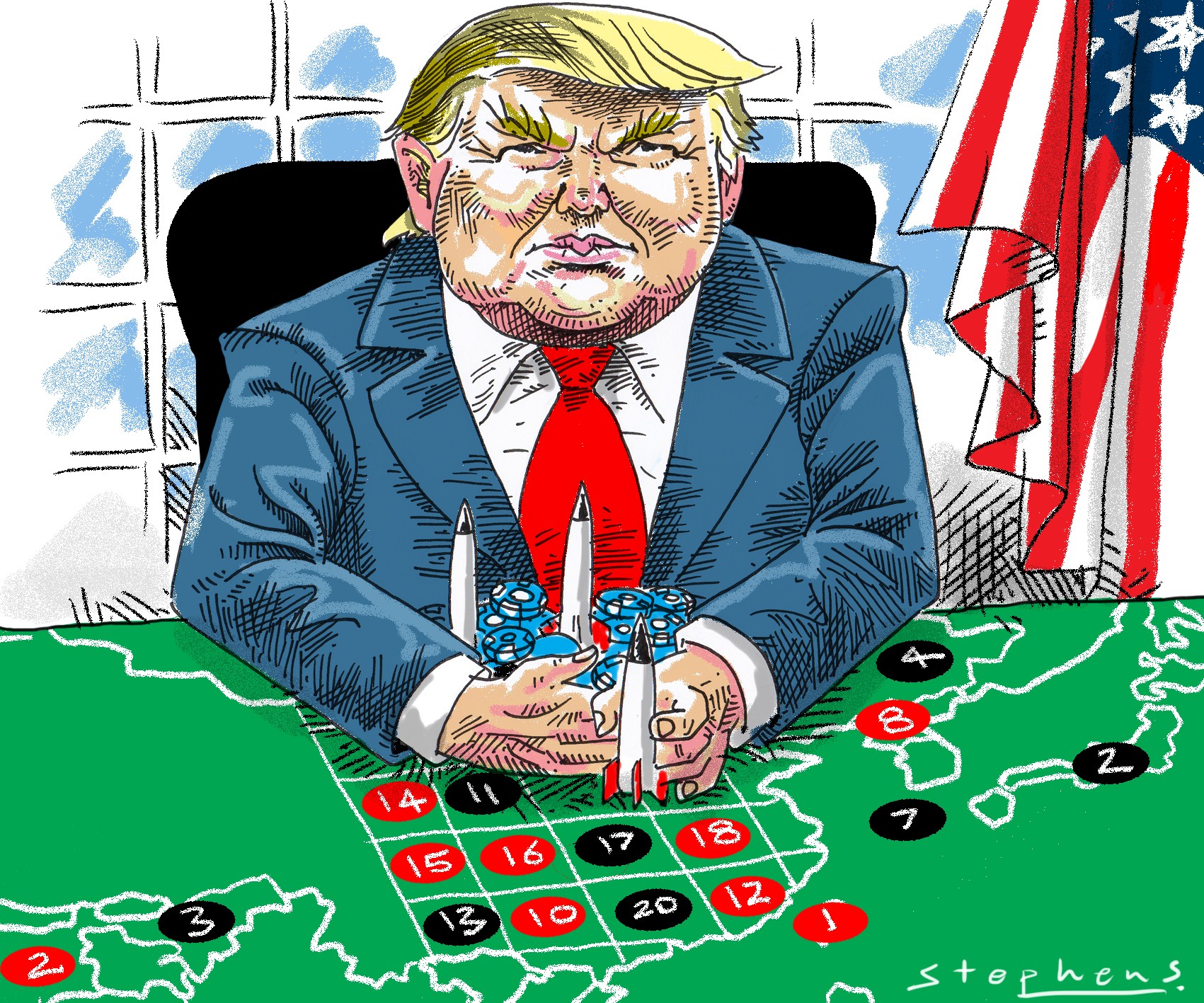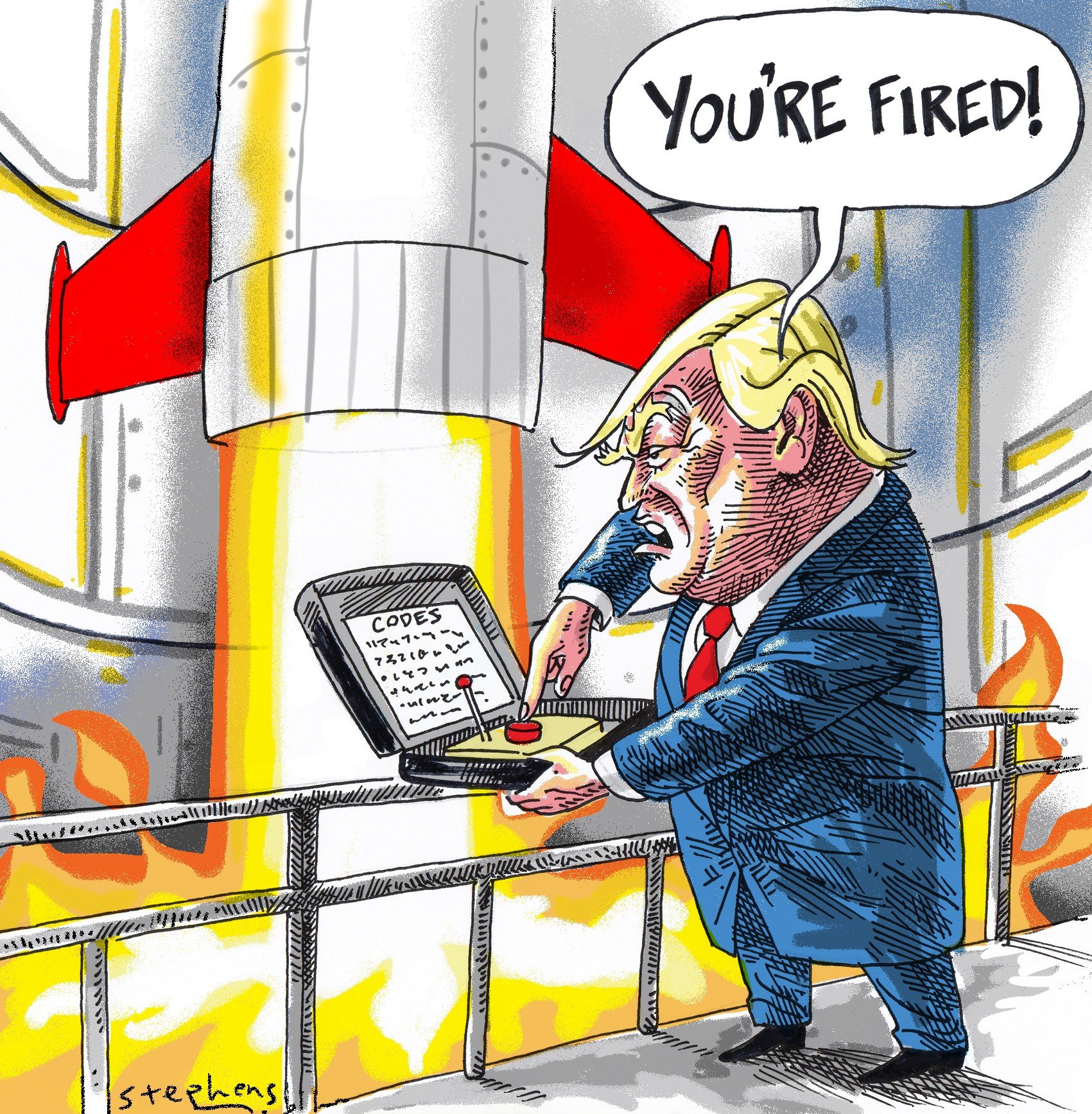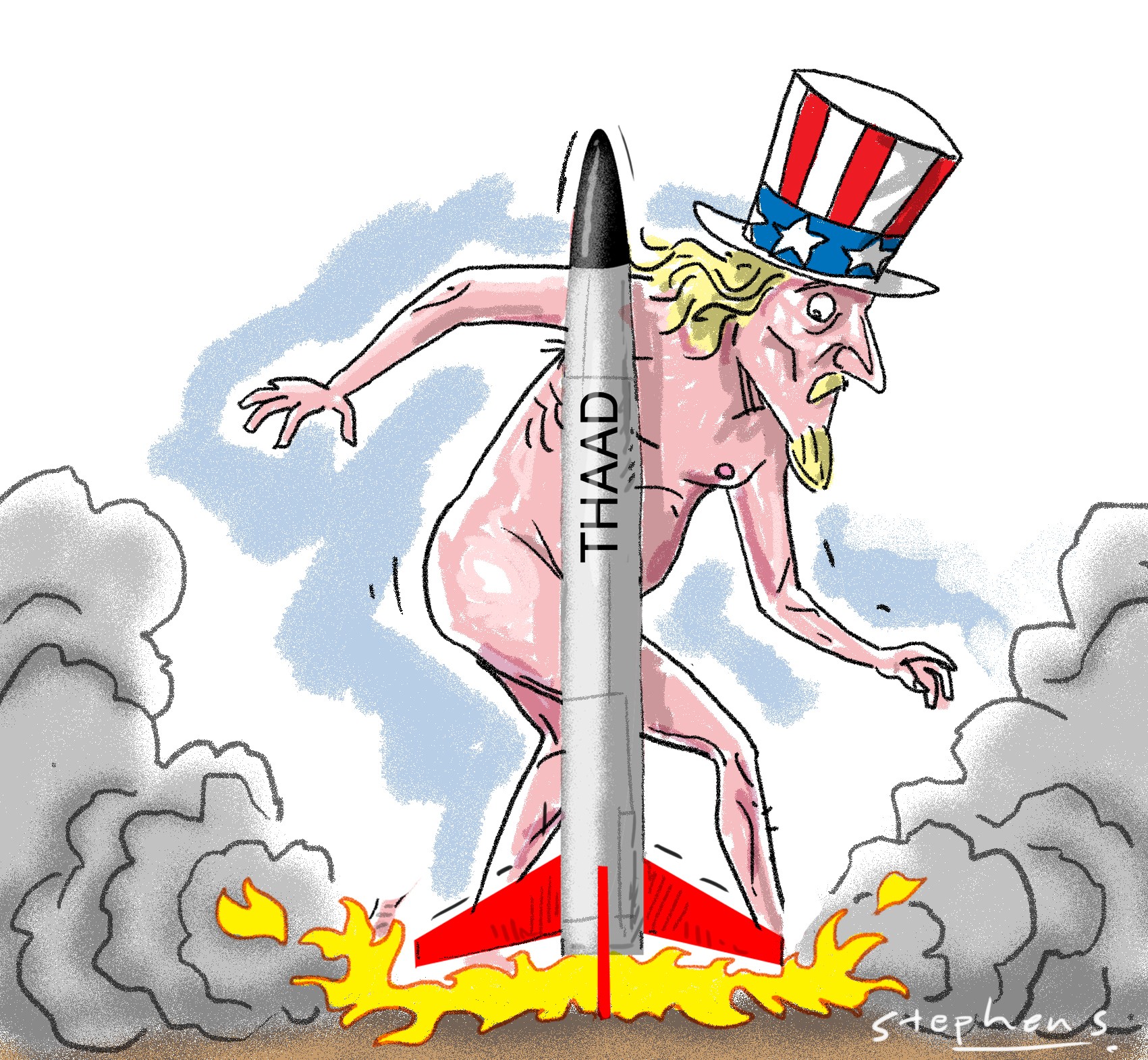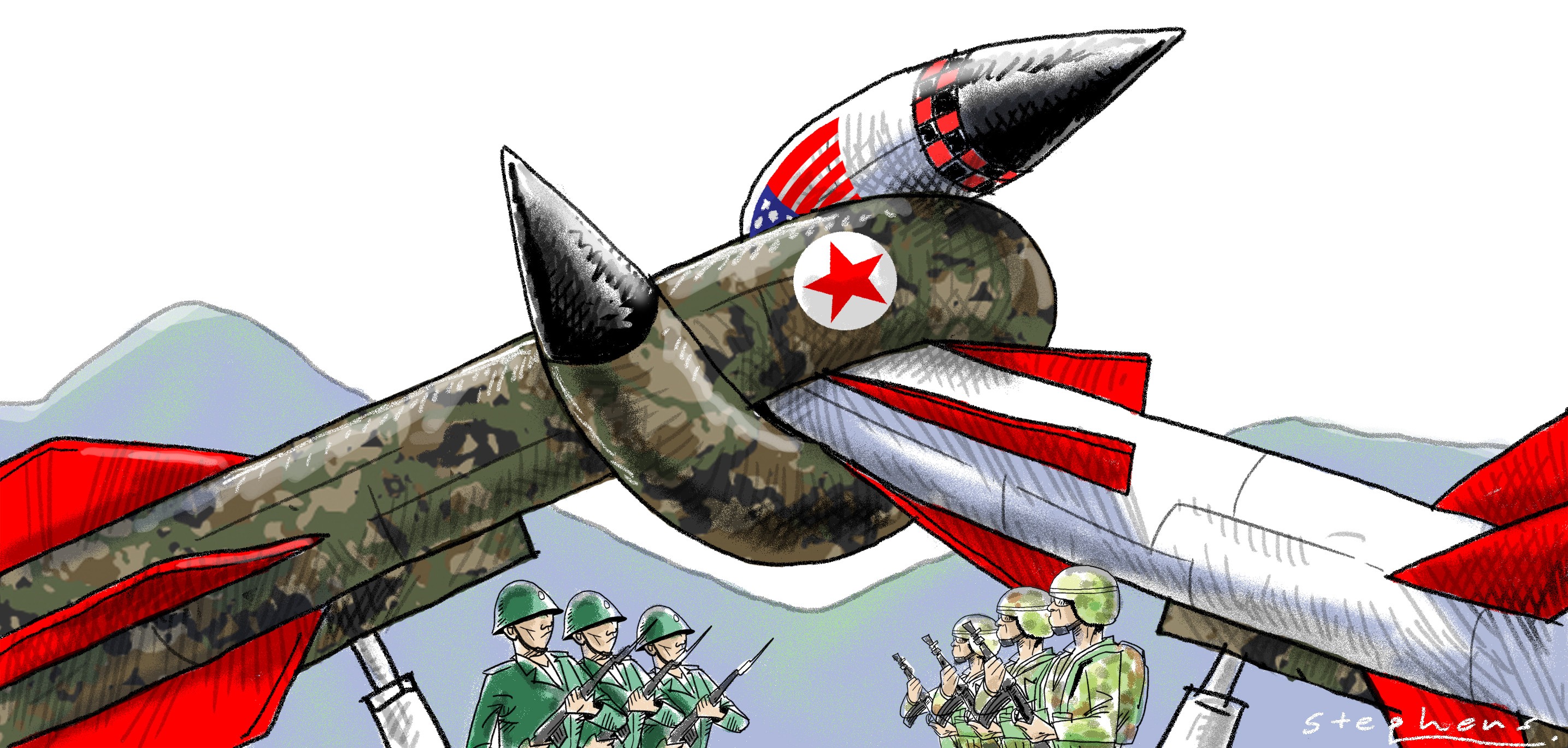Advertisement
Advertisement

Will Saetren
Will Saetren (@WillSaetren) is a project lead at CRDF Global, where he specialises in nuclear security. He previously worked at the Institute for China-America Studies where he directed the organisation's portfolio on nuclear weapons policy. He is the author of Ghosts of the Cold War: Rethinking the Need for a New Nuclear Cruise Missile, and an alumnus of the Roger Hale fellowship at the Ploughshares Fund.
Under Donald Trump, the US abandoned the deal and sent US foreign policy spiralling. Is it any wonder the US snapback proposal was roundly rejected – by 13 of the 15 Security Council members within 24 hours?
With Trump reluctant to accept Russia’s extension offer as he focuses on including China in a new deal, the only nuclear arms control treaty left between the US and Russia is in danger of expiring, making the world a much more dangerous place.
The tense stand-off between the nuclear-armed neighbours shines a light on their growing arsenals, particularly tactical nuclear weapons that many mistakenly believe could shock an adversary into submission.
China’s economic strength, coupled with its military might, make the US’ containment strategy much more dangerous this time around.
Advertisement

